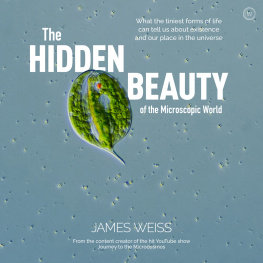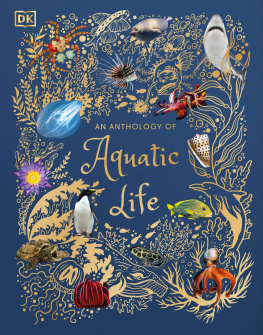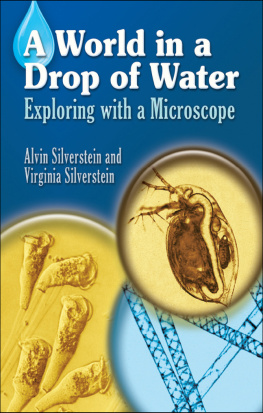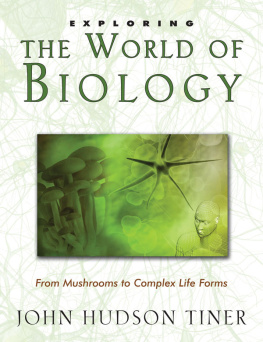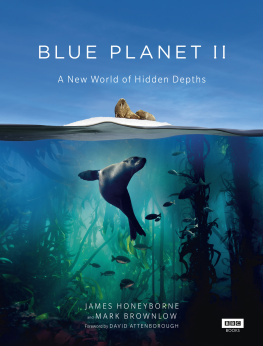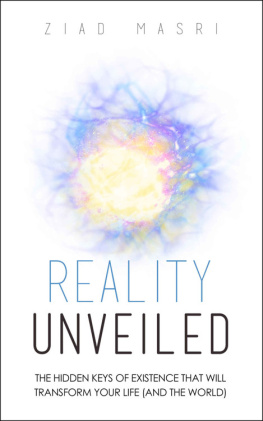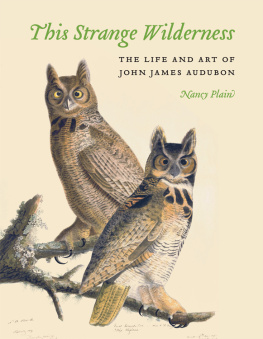



To
Dr Adam Muszyski, who introduced me to microbes,
Dr Anna Karnkowska, who was kind enough to answer my email,
Professor Bozena Zakry, who has always been a great mentor and an inspiration,
Monika Woliska, who kept me sane through all,
Ella Chappell, who made this book real.
The Hidden Beauty of the Microscopic World
James Weiss
First published in the UK and USA in 2021 by Watkins, an imprint of Watkins Media Limited
Unit 11, Shepperton House,
8393 Shepperton Road
London N1 3DF
Design and typography copyright
Watkins Media Limited 2021
Repeat pattern artwork joint copyright
Watkins Media Limited 2021 and James Weiss 2021
Text copyright James Weiss 2021
Artwork copyright James Weiss 2021
Photography copyright James Weiss 2021
The right of James Weiss to be identified as the Author of this text has been asserted in accordance with the Copyright, Designs and Patents Act of 1988.
All rights reserved. No part of this book may be reproduced in any form or by any electronic or mechanical means, including information storage and retrieval systems, without permission in writing from the publisher, except by a reviewer who may quote brief passages in a review.
MANAGING EDITOR: Ella Chappell
PROOFREADER: Joanne Osborn
HEAD OF DESIGN: Glen Wilkins
DESIGNER: Luise Roberts
PRODUCTION: Uzma Taj
A CIP record for this book is available from the British Library
ISBN: 978-1-78678-449-0 (Hardback)
ISBN: 978-1-78678-463-6 (eBook)
10 9 8 7 6 5 4 3 2 1
Typeset in Raleway and Span
Printed in Slovenia.
www.watkinspublishing.com

ENDPAPERS:Pediastrum.
Tardigrade.

contents

Diatoms.
part one
prokaryotes
part two
unicellular eukaryotes

Daphnid, euglenids, Chroococcus.
part three
multicellular eukaryotes

Welcome to the microscopic world!
Everyone knows that oxygen is one of the most basic elements required for life on Earth. But did you know that we owe at least 20 per cent of the oxygen that is generated on Earth to some hidden organisms? If you didnt, youre certainly not alone. In fact, as a species we spent the last 300,000 years not knowing about these organisms at all! It seems we knew more about the universe outside our own atmosphere before we saw our first microbe under the microscope. These creatures were kept away from the curious minds of humanity until we mastered lens-making, only a couple of centuries ago.
However, even once armed with the right lenses, our arrogance as humans causes us to overlook the complexity and the beauty of the less significant life around us.
My favourite example of this is the way we underestimated our ape relatives. One day in October 1960, primatologist and my favourite human being, Jane Goodall, watched a chimpanzee poke pieces of grass into a termite mound to fish for termites. It was the first observation of an animal altering objects to use as a tool in the wild. Goodall sent a telegram to her mentor, Louis Leakey, describing her discoveries, and Louis responded with his famous quote: Now we must redefine tool, redefine Man, or accept chimpanzees as humans.
The act of looking at the life around us, and allowing ourselves to truly see what that life was capable of, was so revolutionary that it forced us to change not only our core concepts but our understanding of ourselves. I believe the same thing can be done by truly seeing microbes. It is time for us to change the common negative opinion of the microscopic world.
Estimations say that there are a trillion species of microbes on Earth and only a handful of them can have adverse effects on us. A trillion different species! Thats a lot of microbes to discover, observe and take care of, and thats a lot of happiness for me, and I hope you too.
A little bit about me
The first time I gazed into the microworld, I was on a college course. We had been tasked with counting the number of microorganisms present in a treatment plant wastewater sample. The very first thing I saw through the microscope looked like a round, yellow gem. I couldnt make sense of it. Was it alive? Or just something on the slide? Then I saw another figure coming out of it, moving slowly. It looked like a blob emerging from the gem. I became intrigued to find out more about this little guy; I asked my professor to take a look at it. After checking, he told me what I had found was an amoeba, which builds a shell from dissolved inorganic matter it finds in the water, then lives in that shell. He told me that the shell would have been transparent when it was first built, before becoming a yellowish-brown colour due to iron that leaks into the shell from the water. It may not be like a moment from a Hugh Grant movie, but that was it! I was in love with the microscopic world. I loved the way this new world made me puzzled and confused, and all these emotions encouraged me to dive deeper and deeper.
My excitement to explore the microworld during that lab course grew and grew, until only two hours per week just wasnt enough for me. Thats when I decided to buy my own microscope. I wanted to explore without any restrictions, even though I was completely broke, in a foreign country, with no job and I had tuition to pay. I had recently moved to Warsaw in Poland. The move would come to have its up and downs, but it led me to where I am now following my passion for pond scum!
I was doing nothing but checking out microscopes online. I finally convinced myself to get one as a Christmas gift to myself and I ordered my first microscope. It was the cheapest one I could find with a binocular head, meaning that I would be able to see with both eyes.
When I think back on it now, I can say that it was the best purchase of my life.
This new microscope unexpectedly changed everything for me. I started learning all I could about microbes. It felt like I was studying life forms from a different planet. I was going out for samples almost every day and coming back home with a bunch of jars full of water from ponds.
The biggest lesson I learnt from this time is that it always pays off to follow your curiosity. In this book I intend to show you that there is beauty hidden everywhere and it doesnt require years of education to find it or thousands of dollars of equipment; the hidden beauty is for everyone who is curious enough to seek and who is determined to learn. I hope that I can inspire you to find it in your own way, too, whether through a microscope or in other ways that spark your curiosity and excitement
Next page
